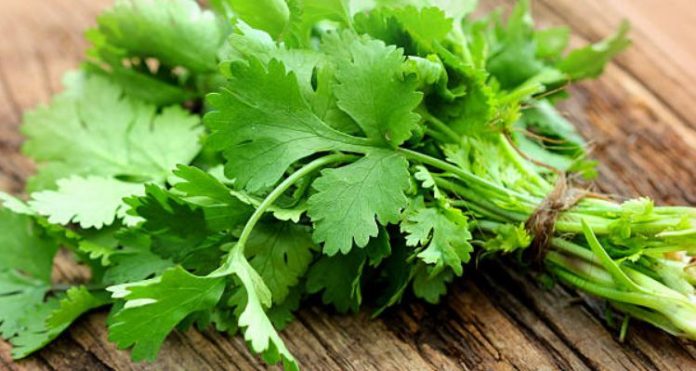Have you ever wondered why one cookbook calls for cilantro in there salsa recipe while another one calls for coriander? Then when you go to the store you see the sign reads cilantro/coriander.
So what is the difference between the two? Nothing, cilantro, and coriander stem from the same plant.
Aromatic and full of citrus flavor cilantro is a versatile herb that is a member of the carrot family and can be used dried or fresh. When the seeds from the coriander plant are harvested and dried they become the dried spice coriander.
The stems and leaves are then left and become the bright green fresh herb known as cilantro.
Cilantro has a long culinary history; it has been used in baking and cooking as far back as the Egyptians. Coriander seeds have even been found in Egyptian tombs and writings about coriander appear in Sanskrit dating from around 1500 BC.
In some stores, you may find what looks like cilantro under the name Mexican parsley. It is the exact same herb. The three names derive from first; the plants common name of coriander.
Second, the term cilantro specifically refers to the fresh leaves and stems from the coriander plant. Third, the country where cilantro is commonly used, Mexico. Cilantro is as versatile as an herb in Mexican cooking as is parsley in American cuisine.
Cilantro can be found in the produce section of your local supermarket. It is sold bunched and tied the same as parsley. You can easily tell the difference between cilantro and parsley by looking at the leaves and smelling the herb.
The leaves of cilantro are wider than parsley and the scent is very aromatic.
Cilantro is commonly used in salsas, dips, dressings, and sauces. You can even find Chinese recipes calling for Chinese parsley which is the same as cilantro.
When you bring cilantro home from the supermarket place the bouquet in a glass of water with only the stems submerged. Loosely cover the green leaves with a plastic bag. This will keep the fresh flavor longer than storing the cilantro dry.
When it comes time to use cilantro it is best prepared by crushing the tender leaves with a mortar and pestle or by hand. This will help to release the full-bodied flavor. When cooking with cilantro add it toward the end of cooking. The delicate nature of cilantro does not hold up to heat.

